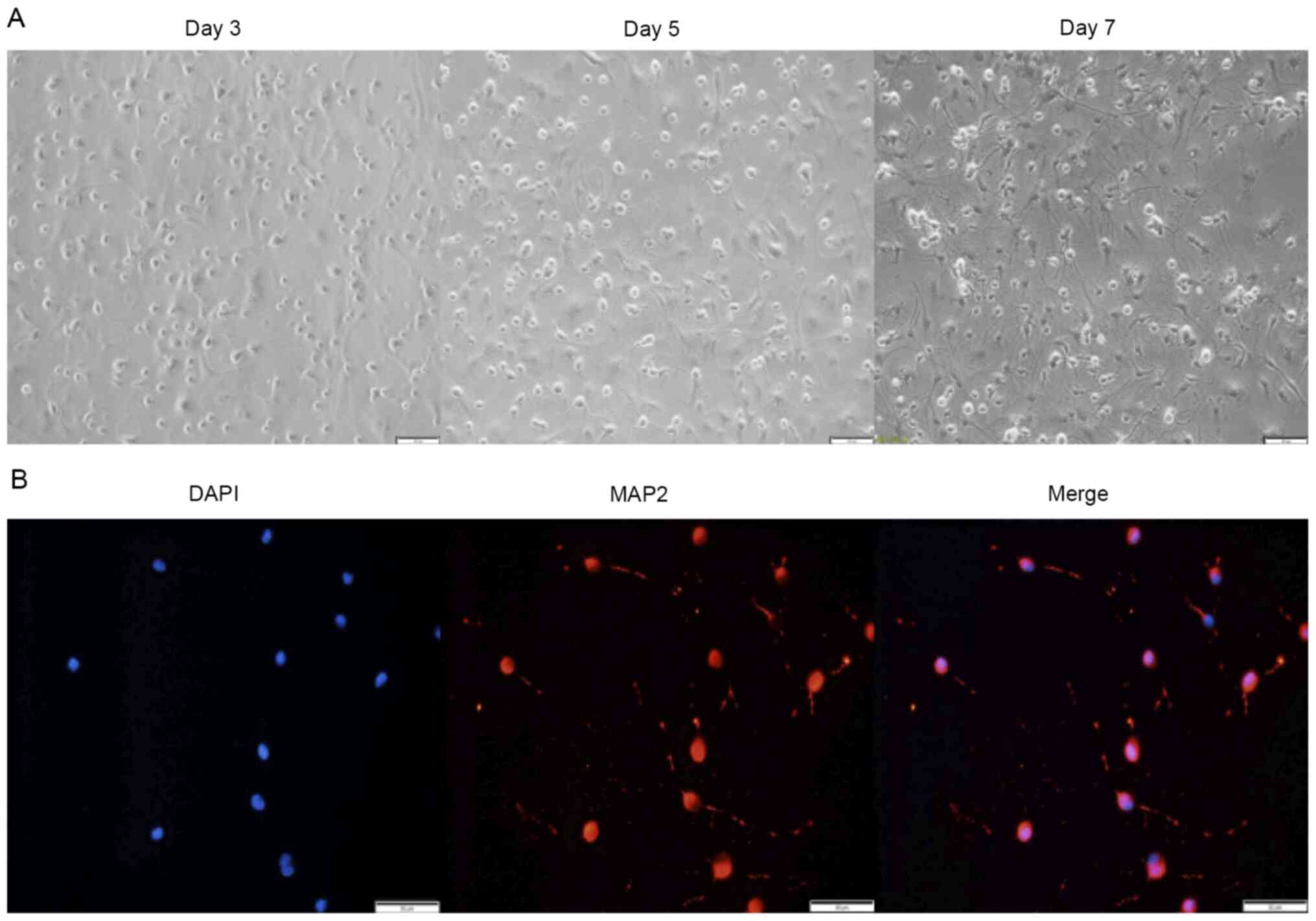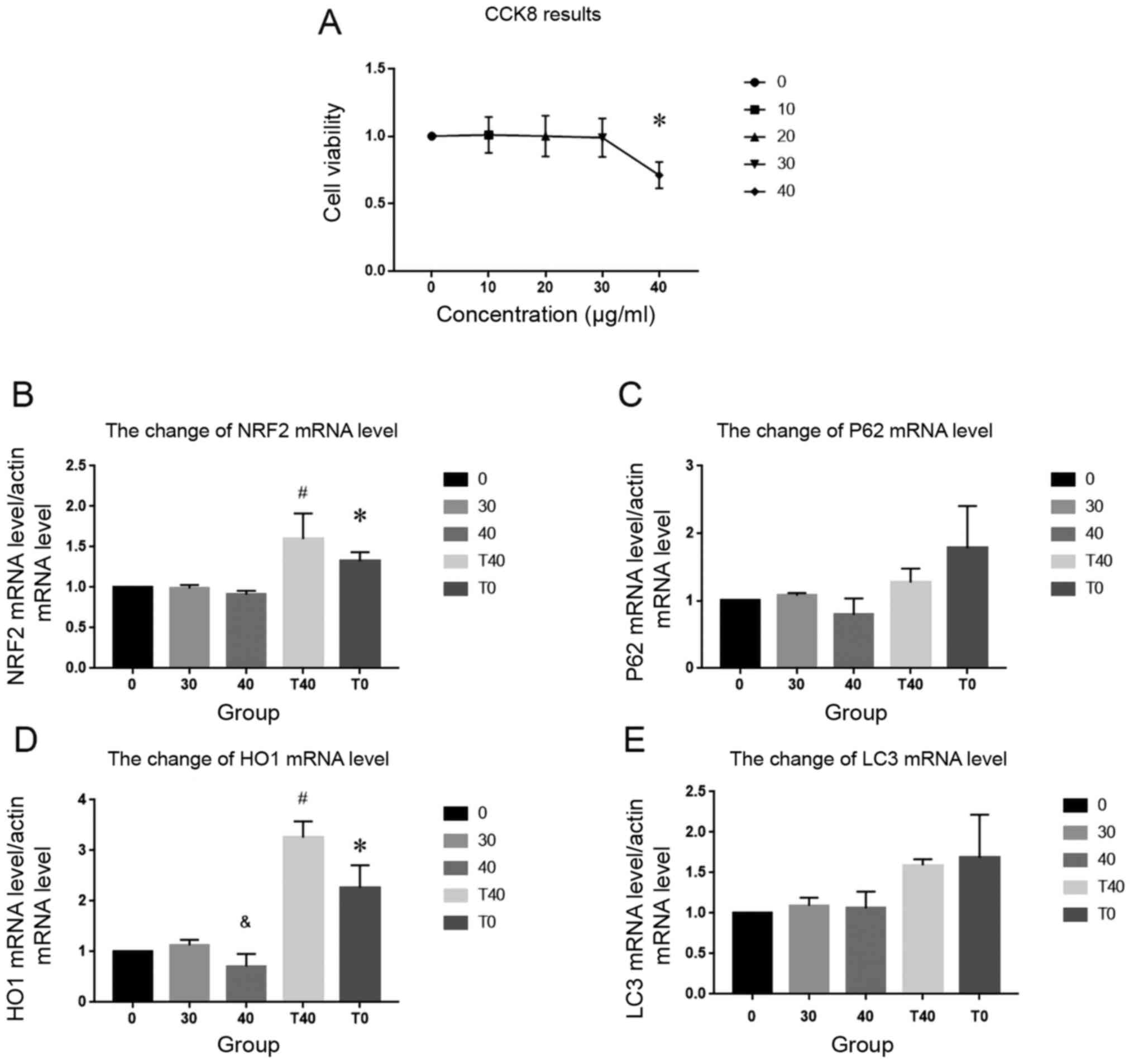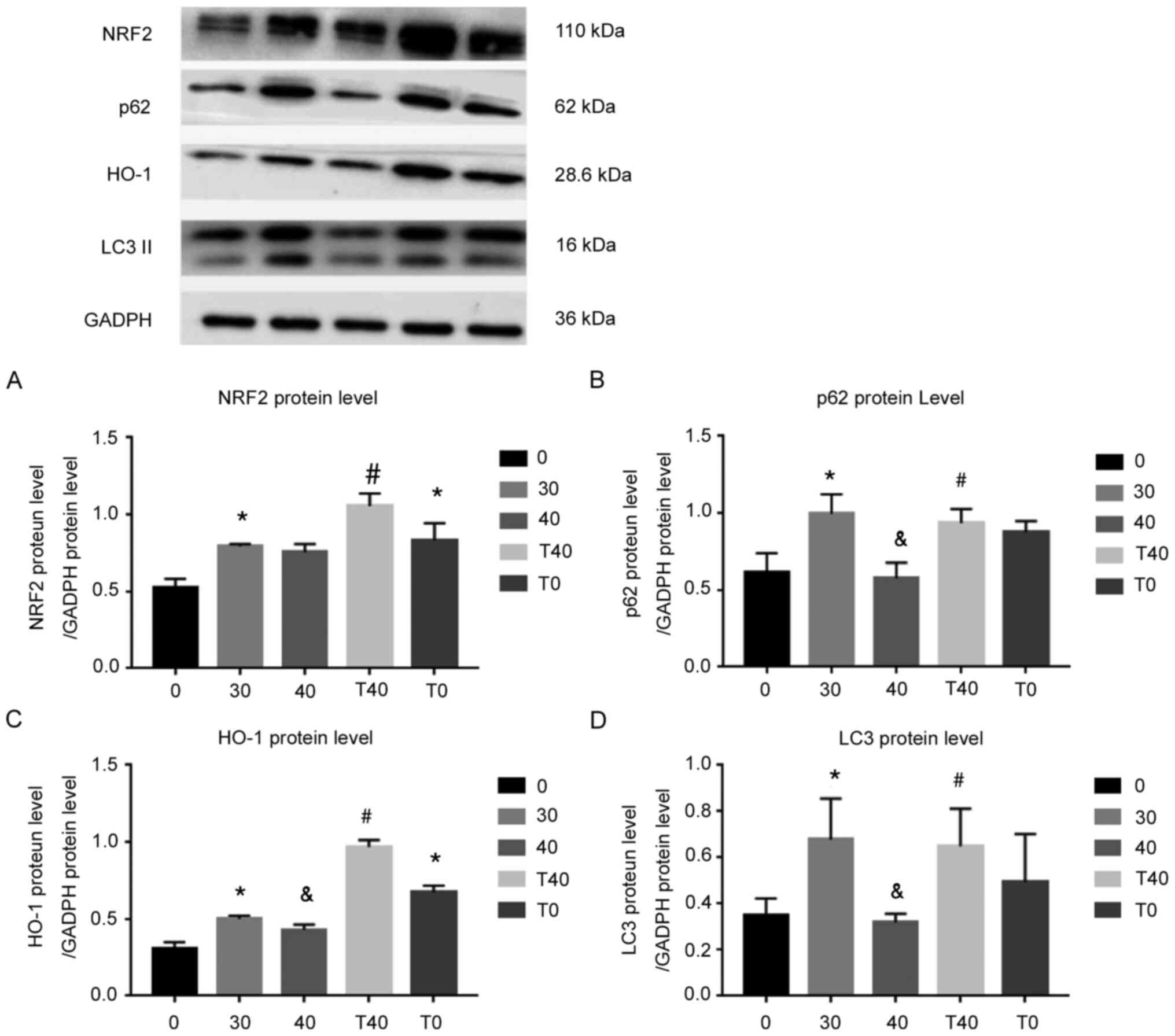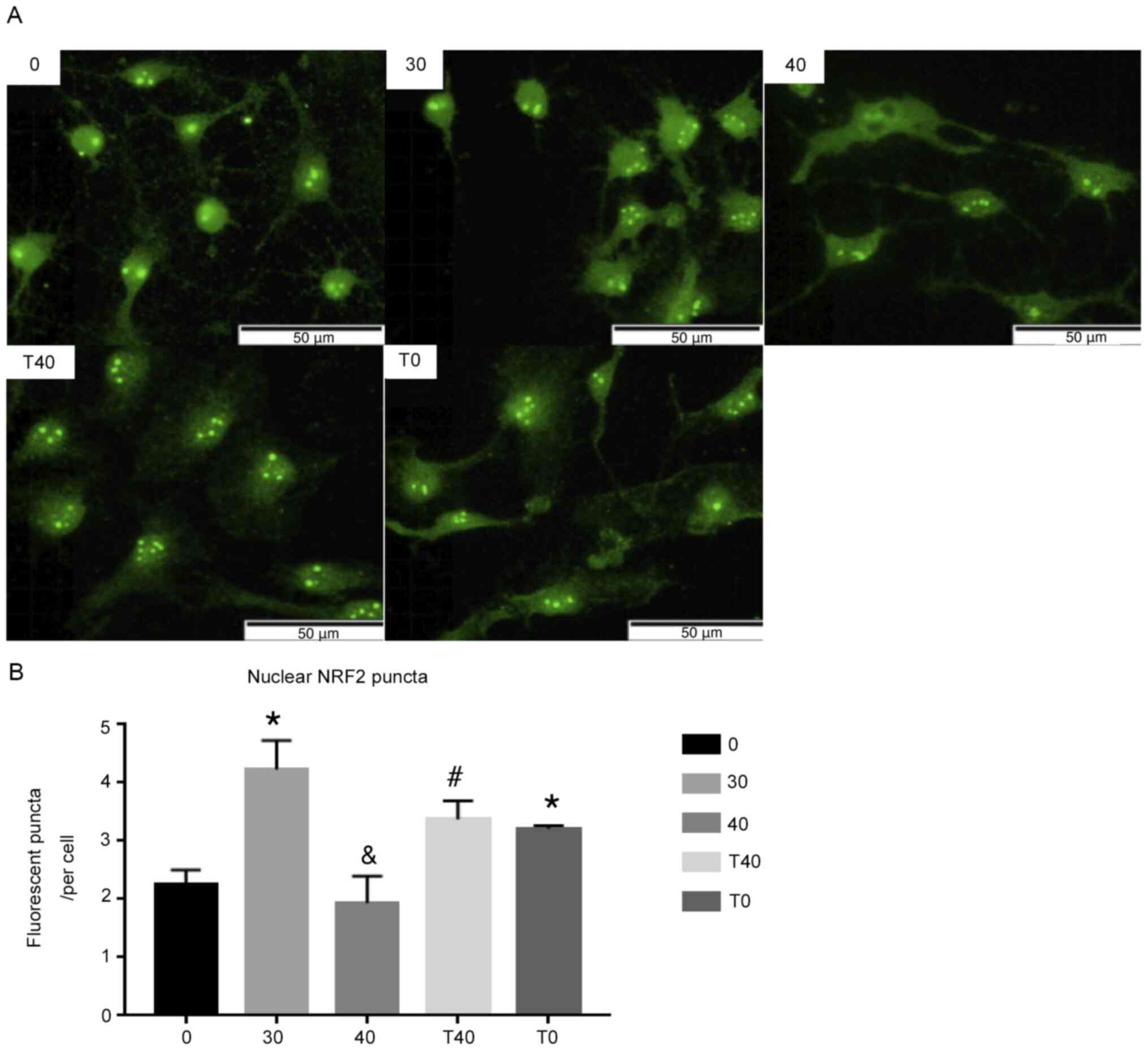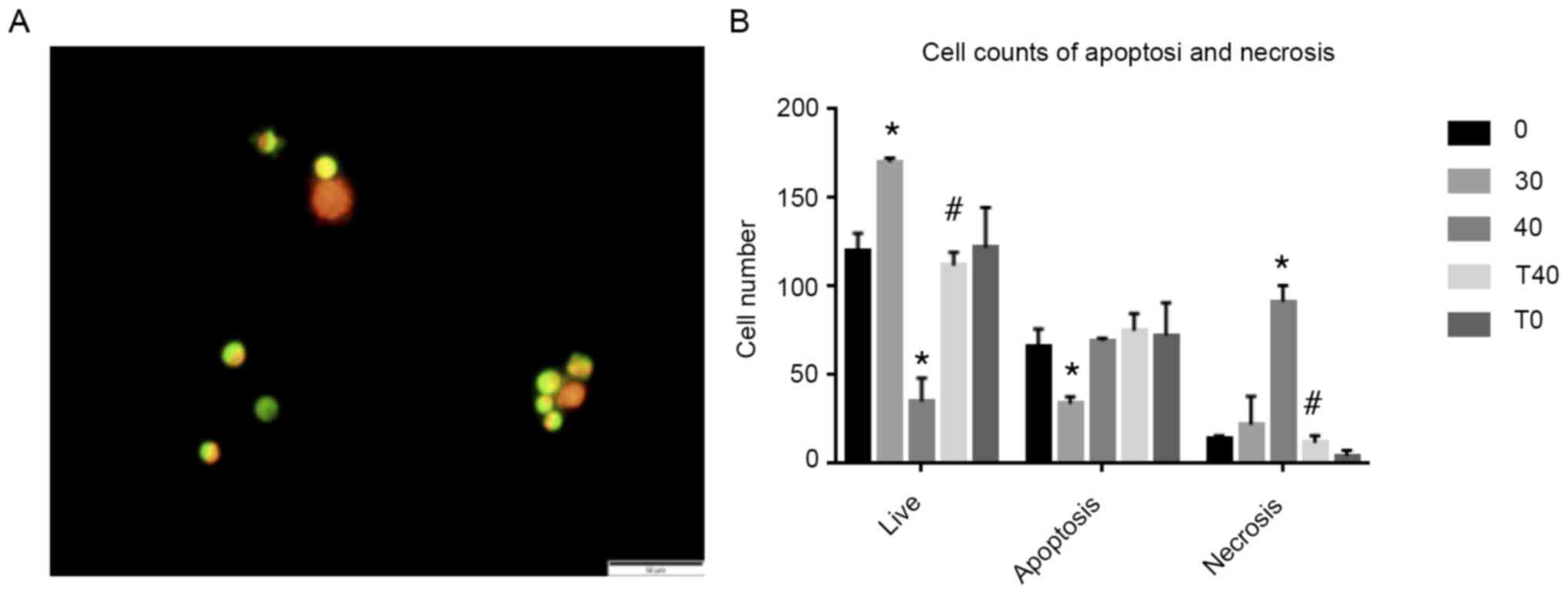|
1
|
Anuj B, Peter M, Donald L, Elias G and
Murphy K: Percutaneous ozone treatment for herniated lumbar discs:
1-year follow-up of a multicenter pilot study of a handheld
disposable ozone-generating device. J Vasc Interv Radiol.
30:752–760. 2019. View Article : Google Scholar
|
|
2
|
Silva Júnior JIS, Rahal SC, Santos IFC,
Martins DJC, Michelon F, Mamprim MJ, Tomacheuski RM and Correia
LECS: Use of reticulated hyaluronic acid alone or associated with
ozone gas in the treatment of osteoarthritis due to hip dysplasia
in dogs. Front Vet Sci. 7:2652020. View Article : Google Scholar : PubMed/NCBI
|
|
3
|
Ginanneschi F, Cervelli C, Milani P and
Rossi A: Ventral and dorsal root injury after oxygen-ozone therapy
for lumbar disk herniation. Surg Neurol. 66:619–620. 2006.
View Article : Google Scholar : PubMed/NCBI
|
|
4
|
Liu H, Wang Y, An J, Williams J and Cope
D: Thunderclap headache caused by an inadvertent epidural puncture
during oxygen-ozone therapy for patient with cervical disc
herniation. Chin Med J (Engl). 129:498–499. 2016. View Article : Google Scholar : PubMed/NCBI
|
|
5
|
Özugur S, Kunz L and Straka H:
Relationship between oxygen consumption and neuronal activity in a
defined neural circuit. BMC Biol. 18:762020. View Article : Google Scholar : PubMed/NCBI
|
|
6
|
Li Y, Lin X, Zhao X, Xie J, JunNan W, Sun
T and Fu Z: Ozone (O3) elicits neurotoxicity in spinal cord neurons
(SCNs) by inducing ER Ca(2+) release and activating the CaMKII/MAPK
signaling pathway. Toxicol Appl Pharmacol. 280:493–501. 2014.
View Article : Google Scholar : PubMed/NCBI
|
|
7
|
Rivas-Arancibia S, Guevara-Guzmán R,
López-Vidal Y, Rodríguez-Martínez E, Zanardo-Gomes M, Angoa-Pérez M
and Raisman-Vozari R: Oxidative stress caused by ozone exposure
induces loss of brain repair in the hippocampus of adult rats.
Toxicol Sci. 113:187–197. 2010. View Article : Google Scholar : PubMed/NCBI
|
|
8
|
Jiang G, Xue L, Huang Y, Lan Z, Zhang Z,
Su Z, Fang Z, Lai Y, Yao W, Ting L, et al: p62 promotes
proliferation, apoptosis-resistance and invasion of prostate cancer
cells through the Keap1/Nrf2/ARE axis. Oncol Rep. 43:1547–1557.
2020.PubMed/NCBI
|
|
9
|
Li T, Jiang D and Wu K: p62 promotes
bladder cancer cell growth by activating KEAP1/NRF2-dependent
antioxidative response. Cancer Sci. 111:1156–1164. 2020. View Article : Google Scholar : PubMed/NCBI
|
|
10
|
Liao W, Wang Z, Fu Z, Ma H, Jiang M, Xu A
and Zhang W: p62/SQSTM1 protects against cisplatin-induced
oxidative stress in kidneys by mediating the cross talk between
autophagy and the Keap1-Nrf2 signalling pathway. Free Radic Res.
53:800–814. 2019. View Article : Google Scholar : PubMed/NCBI
|
|
11
|
Yuan B, Shen H, Lin L, Su T, Zhong L and
Yang ZJ: Autophagy promotes microglia activation through
beclin-1-atg5 pathway in intracerebral hemorrhage. Mol Neurobiol.
54:115–124. 2017. View Article : Google Scholar : PubMed/NCBI
|
|
12
|
Lipton J and Sahin MJN: The neurology of
mTOR. Neuron. 84:275–291. 2014. View Article : Google Scholar : PubMed/NCBI
|
|
13
|
Sepe S, Nardacci R, Fanelli F, Rosso P,
Bernardi C, Cecconi F, Mastroberardino PG, Piacentini M and Moreno
S: Expression of Ambra1 in mouse brain during physiological and
Alzheimer type aging. Neurobiol Aging. 35:96–108. 2014. View Article : Google Scholar : PubMed/NCBI
|
|
14
|
Zhou Z, Chen S, Zhao H, Wang C, Gao K, Guo
Y, Shen Z, Wang Y, Wang H and Mei X: Probucol inhibits neural cell
apoptosis via inhibition of mTOR signaling pathway after spinal
cord injury. Neuroscience. 329:193–200. 2016. View Article : Google Scholar : PubMed/NCBI
|
|
15
|
Li D, Tian H, Li X, Mao L, Zhao X, Lin J,
Lin S, Xu C, Liu Y, Guo Y and Mei X: Zinc promotes functional
recovery after spinal cord injury by activating Nrf2/HO-1 defense
pathway and inhibiting inflammation of NLRP3 in nerve cells. Life
Sci. 245:1173512020. View Article : Google Scholar : PubMed/NCBI
|
|
16
|
Wen C, Huang C, Yang M, Fan C, Li Q, Zhao
J, Gan D, Li A, Zhu L and Lu D: The secretion from bone marrow
mesenchymal stem cells pretreated with berberine rescues neurons
with oxidative damage through activation of the keap1-nrf2-ho-1
signaling pathway. Neurotox Res. 38:59–73. 2020. View Article : Google Scholar : PubMed/NCBI
|
|
17
|
Xu C, Hou B, He P, Ma P, Yang X, Yang X,
Zhang L, Qiang G, Li W and Du G: Neuroprotective Effect of
salvianolic acid a against diabetic peripheral neuropathy through
modulation of nrf2. Oxid Med Cell Longev. 2020:64314592020.
View Article : Google Scholar : PubMed/NCBI
|
|
18
|
Nna VU, Ujah GA, Suleiman JB, Mohamed M,
Nwokocha C, Akpan TJ, Ekuma HC, Fubara VV, Kekung-Asu CB and Osim
EE: Tert-butylhydroquinone preserve testicular steroidogenesis and
spermatogenesis in cisplatin-intoxicated rats by targeting
oxidative stress, inflammation and apoptosis. Toxicology.
441:1525282020. View Article : Google Scholar : PubMed/NCBI
|
|
19
|
Meng X, Zhang C, Guo Y, Han Y, Wang C, Chu
H, Kong L, Ma H and Saso L: TBHQ attenuates neurotoxicity induced
by methamphetamine in the VTA through the Nrf2/HO-1 and PI3K/AKT
signaling pathways. Oxid Med Cell Longev. 2020:87871562020.
View Article : Google Scholar : PubMed/NCBI
|
|
20
|
Ratliff WA, Delic V, Pick CG and Citron
BA: Dendritic arbor complexity and spine density changes after
repetitive mild traumatic brain injury and neuroprotective
treatments. Brain Res. 1746:1470192020. View Article : Google Scholar : PubMed/NCBI
|
|
21
|
Muri J, Wolleb H, Broz P, Carreira EM and
Kopf M: Electrophilic Nrf2 activators and itaconate inhibit
inflammation at low dose and promote IL-1β production and
inflammatory apoptosis at high dose. Redox Biol. 36:1016472020.
View Article : Google Scholar : PubMed/NCBI
|
|
22
|
Livak KJ and Schmittgen TD: Analysis of
relative gene expression data using real-time quantitative PCR and
the 2(-Delta Delta C(T)) method. Methods. 25:402–408. 2001.
View Article : Google Scholar : PubMed/NCBI
|
|
23
|
Li H, Wu S, Shi N, Lin W, You J and Zhou
W: NF-E2-related factor 2 activation in PC12 cells: Its protective
role in manganese-induced damage. Arch Toxicol. 85:901–910. 2011.
View Article : Google Scholar : PubMed/NCBI
|
|
24
|
Xu W, Li F, Xu Z, Sun B, Cao J and Liu Y:
Tert-butylhydroquinone protects PC12 cells against ferrous
sulfate-induced oxidative and inflammatory injury via the Nrf2_ARE
pathway. Chem Biol Interact. 273:28–36. 2017. View Article : Google Scholar : PubMed/NCBI
|
|
25
|
Gureev A, Sadovnikova I, Starkov N,
Starkov A and Popov V: p62-Nrf2-p62 mitophagy regulatory loop as a
target for preventive therapy of neurodegenerative diseases. Brain
Sci. 10:8472020. View Article : Google Scholar : PubMed/NCBI
|
|
26
|
Jena KK, Kolapalli SP, Mehto S, Nath P,
Das B, Sahoo PK, Ahad A, Syed GH, Raghav SK, Senapati S, et al:
TRIM16 controls assembly and degradation of protein aggregates by
modulating the p62-NRF2 axis and autophagy. EMBO J. 37:e983582018.
View Article : Google Scholar : PubMed/NCBI
|
|
27
|
Bocci V, Valacchi G, Corradeschi F,
Aldinucci C, Silvestri S, Paccagnini E and Gerli R: Studies on the
biological effects of ozone: 7. Generation of reactive oxygen
species (ROS) after exposure of human blood to ozone. J Biol Regul
Homeost Agents. 12:67–75. 1998.PubMed/NCBI
|
|
28
|
Sagai M and Bocci V: Mechanisms of action
involved in ozone therapy: Is healing induced via a mild oxidative
stress? Med Gas Res. 1:292011. View Article : Google Scholar : PubMed/NCBI
|
|
29
|
Jimenez-Moreno N and Lane JD: Autophagy
and redox homeostasis in Parkinson's: A crucial balancing Act. Oxid
Med Cell Longev. 2020:88656112020. View Article : Google Scholar : PubMed/NCBI
|
|
30
|
Ferino A, Rapozzi V and Xodo LE: The
ROS-KRAS-Nrf2 axis in the control of the redox homeostasis and the
intersection with survival-apoptosis pathways: Implications for
photodynamic therapy. J Photochem Photobiol B. 202:1116722020.
View Article : Google Scholar : PubMed/NCBI
|
|
31
|
Kensler TW, Wakabayashi N and Biswal S:
Cell survival responses to environmental stresses via the
Keap1-Nrf2-ARE pathway. Annu Rev Pharmacol Toxicol. 47:89–116.
2007. View Article : Google Scholar : PubMed/NCBI
|
|
32
|
Filomeni G, Zio DD and Cecconi F:
Oxidative stress and autophagy: The clash between damage and
metabolic needs. Cell Death Differ. 22:377–388. 2015. View Article : Google Scholar : PubMed/NCBI
|
|
33
|
Liu Q, Tan Y, Qu T, Zhang J, Duan X, Xu H,
Mu Y, Ma H and Wang F: Therapeutic mechanism of human neural stem
cell-derived extracellular vesicles against hypoxia-reperfusion
injury in vitro. Life Sci. 254:1177722020. View Article : Google Scholar : PubMed/NCBI
|
|
34
|
Mizushima N and Komatsu MJC: Autophagy:
Renovation of cells and tissues. Cell. 147:728–741. 2011.
View Article : Google Scholar : PubMed/NCBI
|
|
35
|
Kim T, Lee S, Kim M, Cheon C and Ko SG:
Kaempferol induces autophagic cell death via IRE1-JNK-CHOP pathway
and inhibition of G9a in gastric cancer cells. Cell Death Dis.
9:8752018. View Article : Google Scholar : PubMed/NCBI
|
|
36
|
Kadowaki M and Karim MR: Cytosolic LC3
ratio as a quantitative index of macroautophagy. Methods Enzymol.
452:199–213. 2009. View Article : Google Scholar : PubMed/NCBI
|
|
37
|
Min Z, Ting Y, Mingtao G, Xiaofei T, Dong
Y, Chenguang Z and Wei D: Monitoring autophagic flux using
p62/SQSTM1 based luciferase reporters in glioma cells. Exp Cell
Res. 363:84–94. 2018. View Article : Google Scholar : PubMed/NCBI
|
|
38
|
Kimura S, Fujita N, Noda T and Yoshimori
T: Monitoring autophagy in mammalian cultured cells through the
dynamics of LC3. Methods Enzymol. 452:1–12. 2009. View Article : Google Scholar : PubMed/NCBI
|
|
39
|
Sheng Y, Chen X, Hou X, Yuan X, Yuan BS,
Yuan YQ, Zhang QL, Cao X, Liu CF, Luo WF and Hu LF: Urate promotes
SNCA/α-synuclein clearance via regulating mTOR-dependent
macroautophagy. Exp Neurol. 297:138–147. 2017. View Article : Google Scholar : PubMed/NCBI
|
|
40
|
Li S, Li J, Shen C, Zhang X, Sun S, Cho M,
Sun C and Song Z: Tert-Butylhydroquinone (tBHQ) protects
hepatocytes against lipotoxicity via inducing autophagy
independently of Nrf2 activation. Biochim Biophys Acta. 1841:22–33.
2014. View Article : Google Scholar : PubMed/NCBI
|















